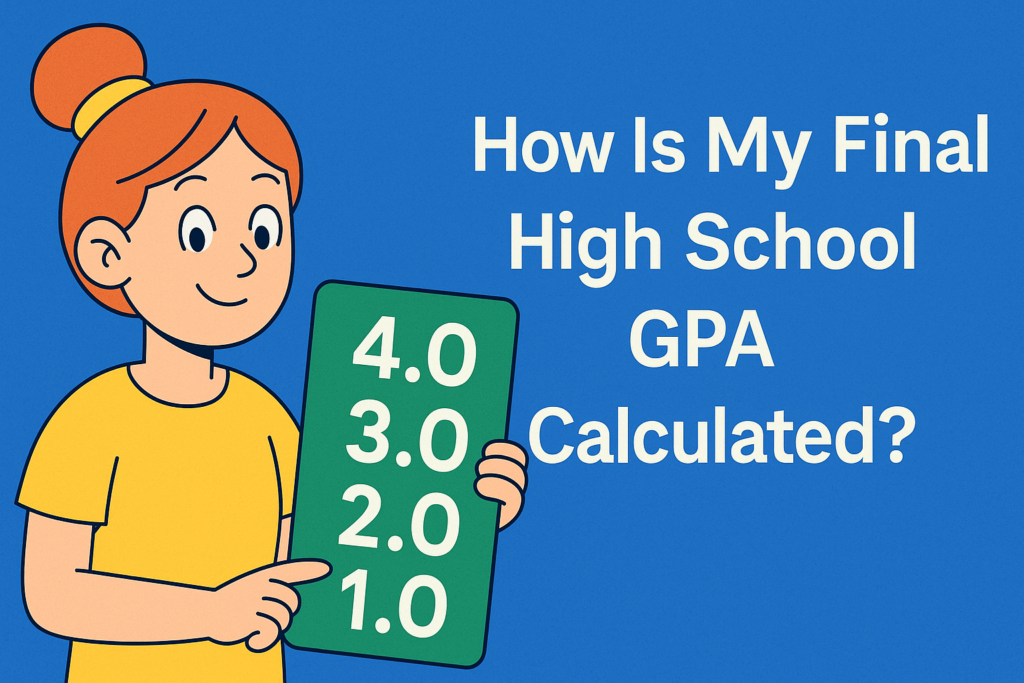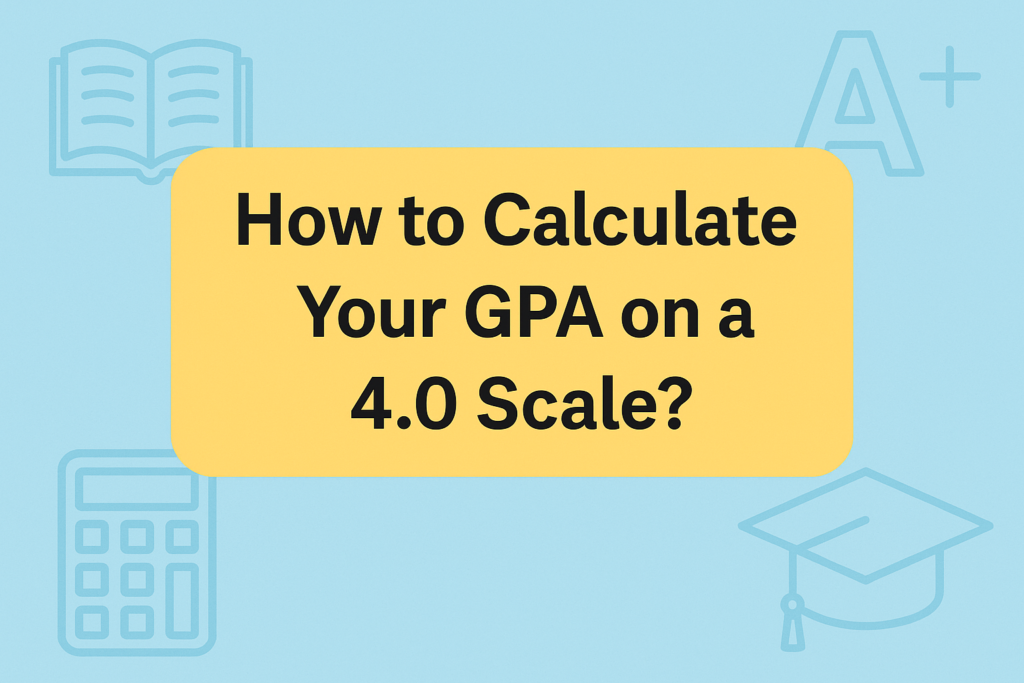CGPA to Percentage Calculator for High School, College & University Students
Trying to make sense of your CGPA in actual percentage marks?
Yeah, it may not be very clear. Different schools use different grading scales—and honestly, not everyone wants to mess with formulas. This CGPA to Percentage Calculator does the math for you. Fast. Clear. No overthinking.
CGPA to Percentage Calculator
✅ What is a CGPA To Percentage Calculator?
Ever stared at your CGPA and thought, “Okay… but what does that actually mean in marks?” You’re not alone.
A CGPA to Percentage Calculator clears up that confusion. You type in your CGPA, pick your school’s scale (10.0, 7.0, etc.), and it shows your percentage — no formulas, no second-guessing.
It works whether you’re checking your semester GPA or trying to make sense of your cumulative score. And if you’ve ever used a GPA calculator before, this one feels just as easy — but tailored for percentage results.
It’s perfect for high school or college students filling out forms, internship applications, or just figuring out where they stand — in plain, familiar marks.
🎓 Who Can Use a CGPA to Percentage Calculator?
Anyone who has a CGPA and wants to understand it in percentage form can use this calculator — simple as that.
It’s especially helpful for high school or college students working with a 10-point or 4-point scale. Whether filling out a college application, updating your resume, checking semester results, or converting grades for a scholarship form, this tool fits right in.
Parents, teachers, and even academic counselors use it to double-check numbers before they go on official records. No complex steps. Just clarity, fast.
🧮 How to Use This CGPA to Percentage Calculator (Step-by-Step Guide)
You’re not alone. It feels like it should be simple, but then… there’s the grading scale, the conversion method, and maybe even your department’s rules. Overwhelming, right?
That’s why the CGPA to Percentage Calculator exists. Let’s walk through it — the easy way.
✅ Step 1: Type in Your CGPA
Start with your actual CGPA. Just enter the number you’ve been given — like 8.6, for example. You don’t need to round anything. The tool handles that. It’s smart like that.
📌 Whether it’s a semester GPA or your cumulative CGPA, both work. Just be sure you’re entering the correct figure.
✅ Step 2: Pick the Scale Used by Your School
Not every college or university grades on the same scale — and that matters. So next, select the CGPA scale. Here’s a quick cheat sheet:
| Scale | Typically Found In |
|---|---|
| 10.0 | Global bachelor’s/master’s programs |
| 7.0 | Regional or specialized institutions |
| 5.0 | Certain international diploma systems |
| 4.0 | Often seen in North American-style GPA systems |
✅ Step 3: Choose the Conversion Formula
Now comes the interesting bit — conversion style. Different institutions use different multipliers to turn CGPA into percentages. So choose what applies to you:
| Type | Formula | Multiplier |
|---|---|---|
| Standard | CGPA × 9.5 | 9.5 |
| General Use | CGPA × 10 | 10 |
| Custom/Specific | CGPA × 9.8 (or set your own) | 9.8 |
🖊️ Example: You scored 8.2, and your school follows the ×9.5 method. Your percentage is 8.2 × 9.5 = 77.9%.
✅ Step 4: Click “Calculate”
Hit the button — and you’re done. No extra steps. No email sign-ups. No spreadsheet formulas.
You’ll see:
- Your percentage
- Your original CGPA
- A note about the method used
📐 Formula Overview
Percentage = CGPA × Multiplier
The multiplier depends on your chosen scale and stream. That’s it.
📊 Quick Example Table
| CGPA | Scale | Method | Multiplier | Percentage |
|---|---|---|---|---|
| 8.6 | 10.0 | General Use | 10 | 86.00% |
| 7.2 | 7.0 | Engineering | 12.85714 | 92.57% |
| 6.5 | 5.0 | Arts | 16 | 104.00% |
| 3.2 | 4.0 | Standard | 25 | 80.00% |
💬 One Last Thing
This isn’t just about numbers. It’s about feeling clear and confident when someone asks for your marks — or when you must fill out that college form or application without second-guessing yourself.
Need more tools? Try these:
No stress. Just the numbers you need when you need them.
🎓 CGPA to Percentage Calculator FAQs
1. How do I convert my CGPA into a percentage?
2. What's the standard formula for converting CGPA to a percentage?
3. Which multiplier should I use to convert my CGPA?
4. Is CGPA-to-percentage conversion the same everywhere?
5. Can I convert my CGPA to a percentage on a 10-point scale?
6. What's the main difference between CGPA and percentage?
7. Can I convert semester-wise CGPA to a percentage?
8. How does the CGPA scale affect percentage conversion?
9. Do different academic streams have different CGPA conversions?
10. What percentage does a 7.5 CGPA convert to?
If you’ve been juggling between CGPA and percentage conversions, this calculator makes it easier—no stress, no guesswork. And if you ever need to go the other way around, try our Percentage to CGPA Calculator for quick and reliable results. Want to explore GPA instead? Check out the Percentage to GPA Calculator and get the clarity you need in just a few clicks.
GPA Calculator Suite
Access our comprehensive suite of GPA calculators
GPA Calculator
Calculate your GPA easily
College GPA Calculator
Calculate your college GPA easily
High School GPA Calculator
Calculate your high school GPA easily
Semester GPA Calculator
Calculate your Semester GPA easily
Cumulative GPA Calculator
Calculate your Cumulative GPA easily
Final Grade Calculator
Calculate your Final Grade easily
Weighted Grade Calculator
Calculate your Weighted Grade easily
EZ Grader – Easy Grade Calculator
Calculate your Easy Grade Calculator easily
CGPA to GPA Converter
Convert CGPA to GPA easily
CGPA to Percentage Converter
Convert CGPA to Percentage easily
CGPA to Marks Converter
Convert CGPA to Marks easily
Grade to GPA Converter
Convert Grade to GPA easily
Marks to Percentage Converter
Convert Marks to Percentage easily
Percentage To CGPA Converter
Convert Percentage To CGPA easily
Percentage to GPA Converter
Convert Percentage to GPA easily
Percentage To SGPA Converter
Convert Percentage To SGPA easily
SGPA to CGPA Converter
Convert SGPA to CGPA easily
SGPA to Percentage Converter
Convert SGPA to Percentage easily
GPA Calculator: The Ultimate Guides to Calculate & Improve Your Grades
How Is My Final High School GPA Calculated?
How Is My Final High School GPA Calculated? What Is a Final GPA in High School? Your final high school GPA is a cumulative number that reflects how you performed across all your classes from freshman through senior year. It’s more than just a semester average. It’s the total snapshot. Colleges use this number to […]
How to Calculate Your GPA on a 4.0 Scale?
How to Calculate Your GPA on a 4.0 Scale? What is GPA and Why Does It Matter? GPA stands for Grade Point Average. It sums up your academic performance into one number. If you’re aiming for college, scholarships, or even some jobs, this number quietly sits on the top of your transcript, silently speaking for […]
How do I calculate my overall High School GPA?
How do I calculate my overall High School GPA? Understanding the Basics of High School GPA What Is GPA and Why Does It Matter? Grade Point Average (GPA) is the most common way schools summarize your academic performance. It takes all your grades and converts them into a single number. That number is used by […]




